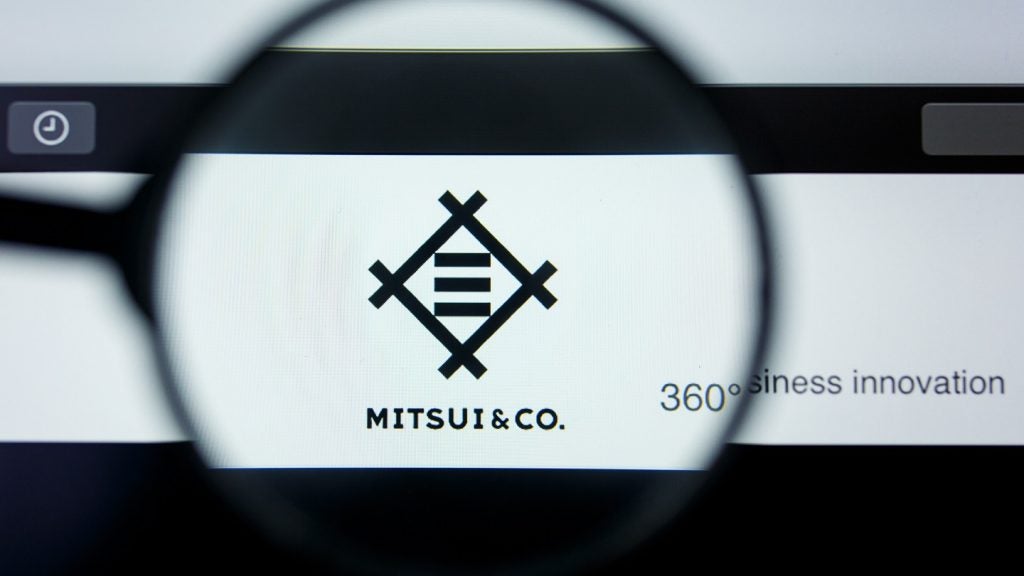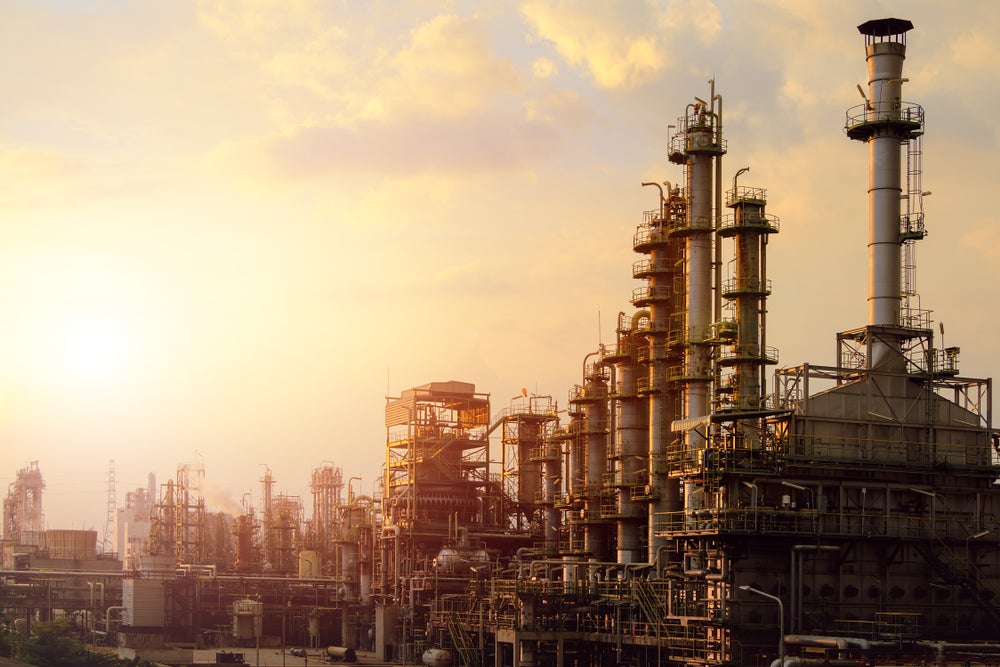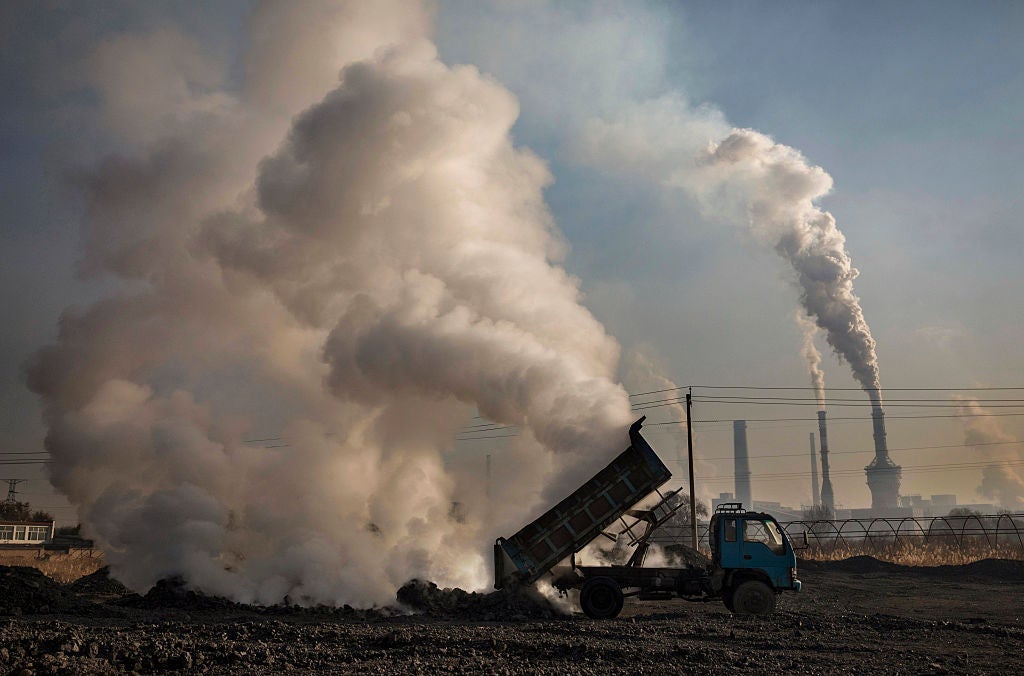
Even before the debacle of last year’s Copenhagen Climate Change summit, the International Energy Agency (IEA) was warning that the price of carbon credits in industrialised countries needed to more than double, to reach $50 a tonne of carbon dioxide (CO2) by 2020, and then double again to $110 by 2030.
Given that the US Senate has been seeking to cap the 2020 figure at $48 a tonne and is looking to a maximum of around $90 a decade later, there is currently a clear gap in ambitions.
According to IEA’s Fatih Birol, internationally accepted market mechanisms for carbon trading will be meaningless unless OECD governments agree legally binding targets to curb their carbon emissions at the next climate summit, slated for this November in Mexico. That being the case, how was the current carbon trading market in Europe managing to function, and were there significant risks to market makers if the rules were to be changed at some point?
“The market in carbon credits is up and running at the moment,” says Birol. “Only in the context of Europe, with occasional deals being done outside. And I think the price level is a reflection of how the price mechanism is actually functioning, which I am afraid is not that well.”
Carbon pricing mechanism
See Also:
For Birol, current European prices are no reflection of the real figure that is necessary to transform the energy industry.
How well do you really know your competitors?
Access the most comprehensive Company Profiles on the market, powered by GlobalData. Save hours of research. Gain competitive edge.

Thank you!
Your download email will arrive shortly
Not ready to buy yet? Download a free sample
We are confident about the unique quality of our Company Profiles. However, we want you to make the most beneficial decision for your business, so we offer a free sample that you can download by submitting the below form
By GlobalData“Prices are low and volatile and the outlook is not very bright,” he says. “One reason for this is that a trade makes sense if the cost of mitigation differs significantly between the trading parties. Looking at trade between Europe and India, or Europe and China, the respective economies and industries are very different from each other, so there would be a significant difference in price and the trade would make sense.
“But since industries and economic development in Europe are similar, the margins are low, as is the volume of trading. I do not believe that the results of the present European carbon trading market are in any way sufficient to bring about a major change in the energy industry.”
Without a strong price reflected in a robust pricing mechanism, Birol fears the funding to stop further climatic degeneration will simply not be there.
The IEA has pointed out that investment needed to bring about such climate change mitigation is substantial. Birol maintains that for carbon trading, a price is not a price unless it set by the market.
“I think the best thing is to leave the price to the market,” he says. “As with any other commodity trading, we have to rely mainly on the dynamics of markets.”
Carbon trading market expansion
Birol hopes that US congressional attempts to cap the cost will give way to this recognition and expects that in the wake of a final international agreement on binding emission targets among OECD countries, the carbon trading market will expand from Europe to North America and Asia.
“Europe has a lot of experience in terms of carbon and the USA has a lot of experience in terms of other trading, as does Hong Kong, which is an obvious centre for Asian trading, though there are other candidates,” he says. “In the context of China, the Chinese could make a substantial amount of money by using clean development mechanisms and getting a carbon price for the projects that they are going to be undertaking, dealing with renewable energy and energy efficiency.”
The prerequisite, however, will be a proper market for carbon credits, with each regional centre being linked internationally, with immediate price discovery thanks to clear market rules and transparent trading.
In time, Birol sees a role for speculative trading, which would add liquidity to the market.
He does not accept the counter argument that speculators would only promote price volatility and undermine the ability of energy companies to make long-term financial projections.
To reduce CO2 or not
As consultants McKinsey recently pointed out, the oil and gas industry is directly responsible for only 6% of global CO2 emissions. However, when added to the emissions of end users of its products – transport, power and heat generation – the petroleum and gas sector accounts for almost half. Consequently, there is considerable pressure on the industry to cut upstream and downstream emissions, and to make investments to reduce the carbon produced by the users of its products.
While international oil companies (IOCs) are under commercial and regulatory pressure to reduce their carbon footprint, not all of the national oil companies (NOCs) are taking up the challenge.
“Of course there are some NOCs that, for political and other reasons, are not up to date in terms of technology and reserve management,” says Birol. “By not being so productive they are also paying the cost of lagging in their market share. There are, however, some very good NOCs, which at least rival the performance of the best IOCs. They are technologically and operationally advanced and do not have laws forbidding foreign companies from working in upstream.”
In the Middle East, Birol notes, Saudi Aramco benefits from the presence of major international oil field services companies.
“It is a very innovative company that is also strong in petrochemicals and is itself working on carbon capture storage (CCS),” he says.
Saudi Aramco has not invested outside Saudi Arabia, however, because it has plenty of domestic opportunities.
Birol highlights how Brazil’s Petrobras and Malaysia’s Petronas have made significant overseas investments, although Petrobras is now cutting back its international portfolio to concentrate its technical and financial resources on exploiting its recent domestic discoveries.
“Petrobras has turned Brazil from being a net oil importer to a net exporter,” says Birol. “It is the only country of a significant size that has done that. It has been achieved through good management, investment in a timely manner and making the most of its technology. The government has also lowered Brazil’s domestic demand by introducing biofuels.”
Optimism for Mexico
In the face of fears that a rapid economic recovery could lead to another energy supply crunch, sparking a return to recession and making it harder for governments and business to fund CO2 mitigation, Birol remains cautiously optimistic. Despite the failure at Copenhagen, he hopes that if the USA passes the necessary legislation on carbon trading, a deal on binding commitments for OECD countries and key reduction targets for important non-OECD countries can be within reach in Mexico.
Such agreement should keep atmospheric concentrations of greenhouse gases at 450 parts per million, the point at which scientists believe there is a 50:50 chance of keeping a global temperature rise within safe limits.







